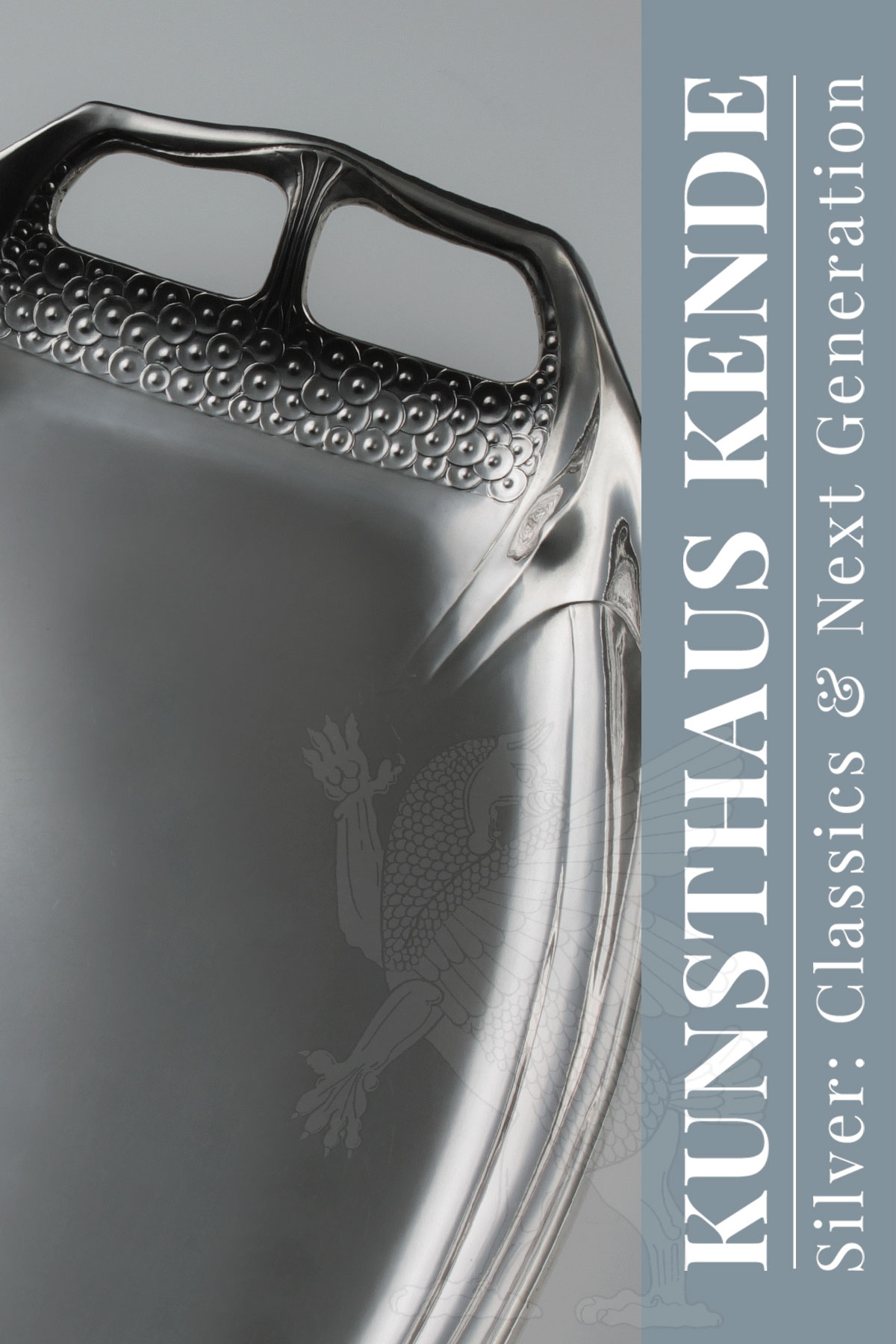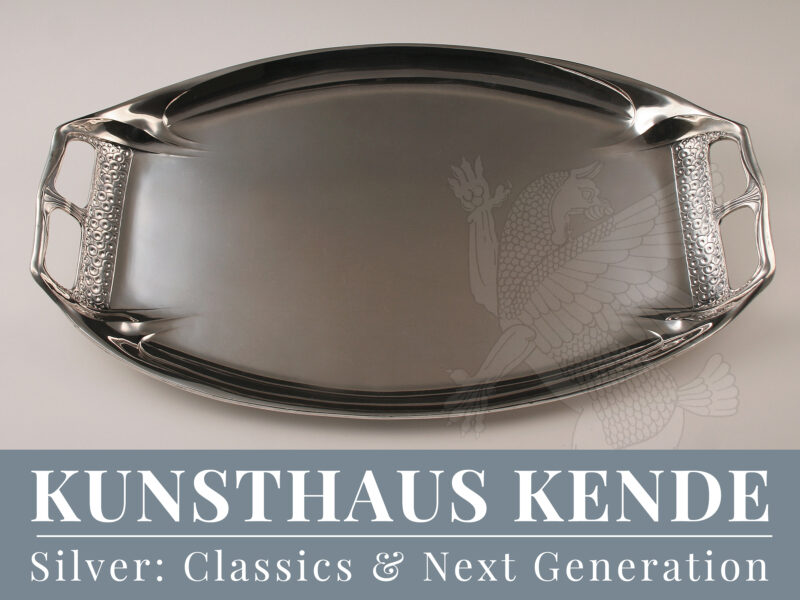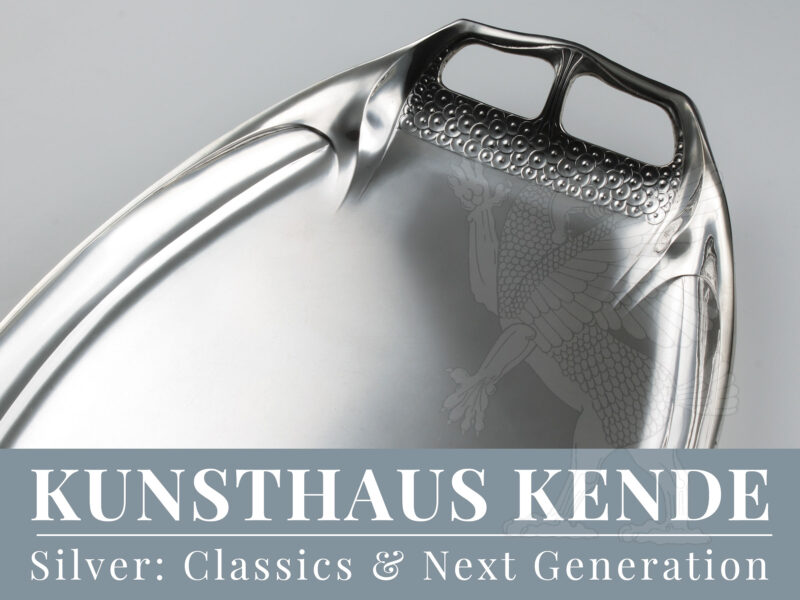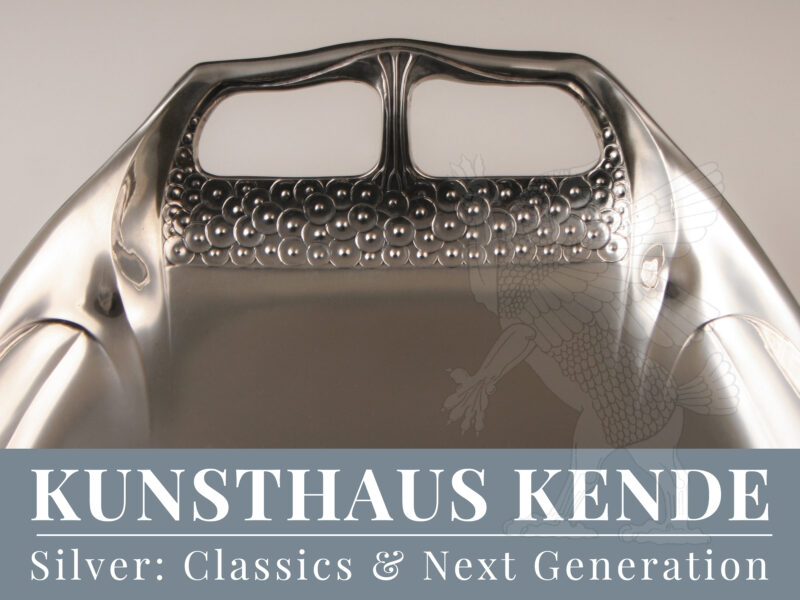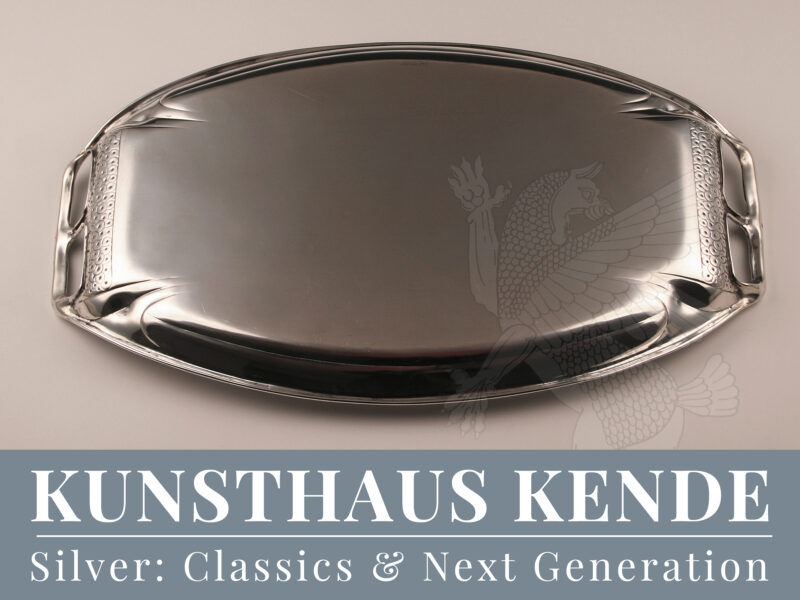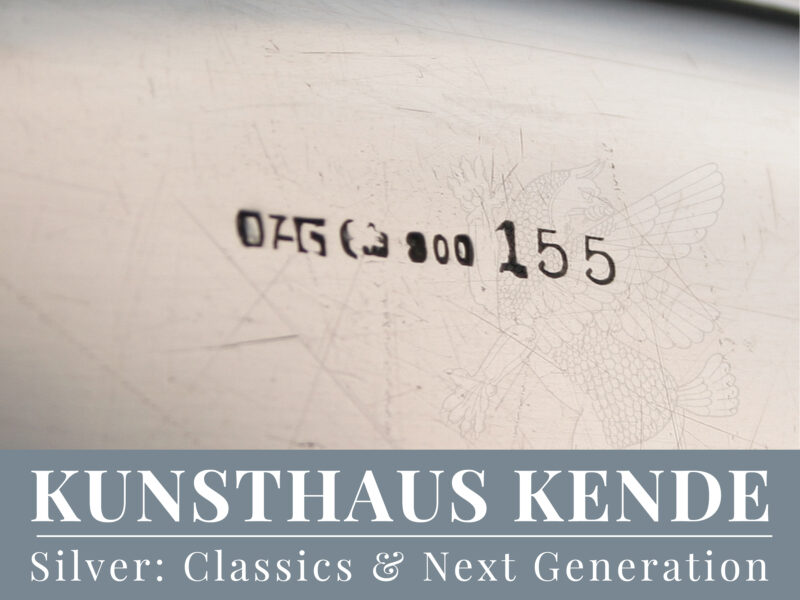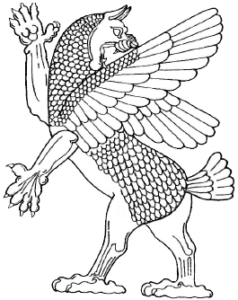Item number: 60159
A rare large Art Nouveau 800 grade silver tray,
Cologne circa 1900/1905 by Orivit
Convex, slightly raised edges to the long sides, the narrow sides with handles divided in the centre by a bar, adorned with a decorative branch and floral frieze. The handles merging into the rim at the corners through two domes. Stamped with the model number 155 on the underside, german silver marks as well as the fineness mark for 800 grade silver.
A rare, exceptionally elegant silver tray in very good, authentic condition – original without monograms and without repairs. A counterpart with the coffee and tea service to be found in the possession of the Bröhan Museum, Berlin and illustrated in: Dedo von Kerssenbrock-Krosigk (ed.): Metallkunst der Moderne (Bestandskataloge des Bröhan-Museums VI) [Metal art of the modern age (stock catalogues of the Bröhan Museum VI)], Berlin 2001, p. 255.
48 cm / 18.89″ length, 29 cm / 11.41″ width; 1110.6 g / 35.70oz
The rise and decline of the Orivit silverware factory
Orivit became famous in the late 19th century for its very sophisticated and decorative works in Art Nouveau style, which were mainly produced in pewter and Britannia silver and far less frequently in silver.
In 1894, the entrepreneur Ferdinand Hubert Schmitz (1863 – 1939) took over the “Rheinische Bronce- und Metallwarenfabrik Johann Heinrich Welke” [The Rhenish Bronze and Metalware Factory Johann Heinrich Welke], from which ORIVIT AG emerged in 1898. Orivit’s works, which were of high aesthetic quality, were awarded a gold medal at the World Exhibition in Paris in 1900 and were received with great enthusiasm by contemporary art critics, which in turn boosted the company’s foreign business. However, large-scale investments in technical innovations, which led to large rival companies such as WMF, Osiris and Kayserzinn seeing Orivit as a growing threat, led to economic difficulties for Orivit, so that the company became insolvent and was taken over by WMF in 1905. Although objects in silver were produced by Orivit in much smaller numbers anyway, production in silver ceased completely immediately after WMF took over.
The special artistic feature of Orivit’s work is in the skilful combination of Belgian, French stylistic tendencies of Art Nouveau with those of German Jugendstil.

